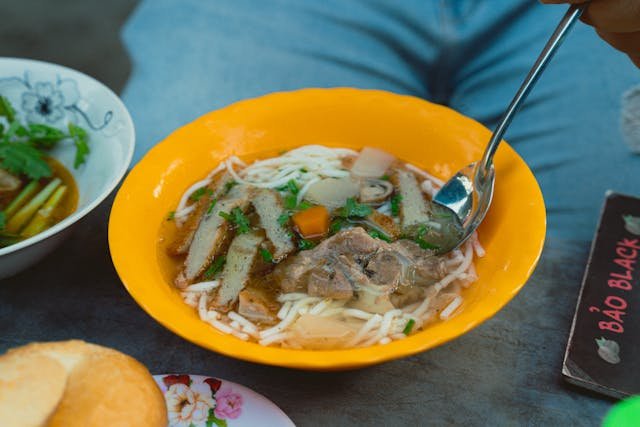Feijoada isn’t just Brazil’s national dish—it’s a story served with rice.
Rooted in colonial history, Feijoada (pronounced fey-zhoo-AH-dah) is a rich black bean stew with pork cuts, slow-cooked to perfection. It’s hearty, smoky, and often shared on Fridays or weekends when families gather.
🇧🇷 A Dish Born from Hardship
Many believe Feijoada originated with enslaved Africans who were given leftover meat cuts. They turned scraps into something soulful, combining them with beans—a staple from both African and Portuguese diets.
Today, the dish is seen as a symbol of Brazilian resilience and community.
🍲 What’s Inside
- Black beans (feijão)
- Pork ribs, sausage, bacon, and sometimes ear or tail
- Bay leaves, garlic, onions, orange peel
- Served with: white rice, collard greens, farofa (toasted cassava flour), and orange slices
🥄 Where to Try It
- Casa da Feijoada (Rio de Janeiro) – legendary spot for a traditional fix
- Local buffets on Fridays – it’s a tradition!
- Or: make your own at home with a slow cooker and patience
Feijoada isn’t fast food. It’s slow, layered, and full of meaning—just like Brazil itself.





